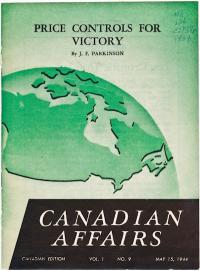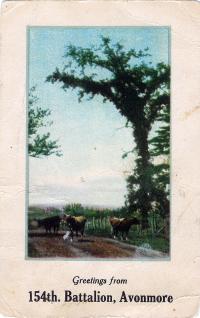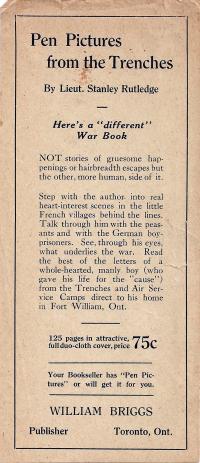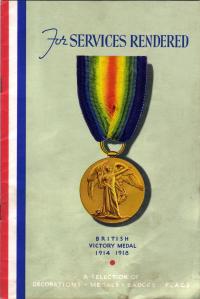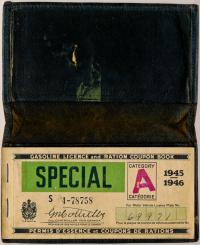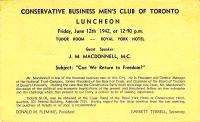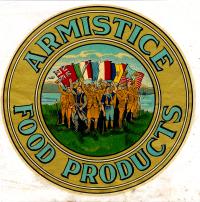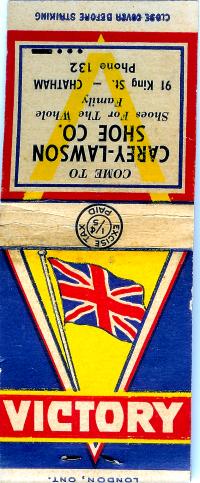Shopping
Pork at war
This advertisement used a modern version of the old nursery rhyme to show that 80% of Canadian pork production went overseas, to feed British civilians and Allied troops in Europe.
Post-war price controls
This pamphlet, written by the Economic Adviser to the Wartime Prices and Trade Board, offers thoughts on Canada's post-war price stabilization program in terms of inflation, wage control, supply of essentials, and cost of living.
Selling postcards to soldiers
Printing companies that had used templates to make "local" postcards for tourists found they could use the same templates during the First World War, substituting a unit name in place of the city.
Letters from the front
There was a strong demand for soldiers' writings during the First World War. This collection of letters by "A whole-hearted, manly boy" to his family in Fort William, Ontario, was one of the more popular such books.
Advertising tires and rubber
This manufacturer of tires, tubes, belts, hoses, and boots had published a similar advertising book during the First World War, and used the same format in this updated version.
Commercial gasoline ration
The operator of this commercial vehicle was allowed 200 units of fuel each year. Each coupon bore the vehicle license plate number, to guard against misuse.
Gasoline rationing
Ration coupons were a coveted necessity for civilians. This is an example of "Special, Category A" coupons which governed vehicle licencing and gasoline allotments.
Can We Return to Freedom?
In June 1942 J.M. MacDonnell, a decorated veteran of the First World War, addressed a business group on the implications of wartime economic controls.
Armistice Food Products
The advertising decal not only celebrated the armistice that ended the First World War, but also the unity of the Allied nations in a common cause.
Three strikes against the enemy
Victory was a constant theme in Second World War advertising.


